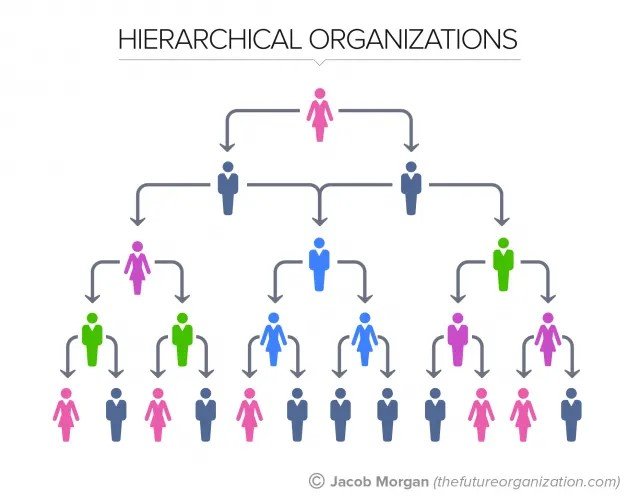The Hidden World of Holacracy
You might have heard about holacracy—a term that has been floating around the business world for quite some time. But do you really know what it means? How it would benifit organizations? and whether it could fit yours? Let’s discuss this unorthodox corporate culture!
Holacracy is an innovative organizational structure that seeks to empower individuals, remove hierarchical management systems, and create a more collaborative, agile environment. Instead of the traditional top-down management approach, holacracy distributes authority across self-organizing teams called "circles." But what exactly does this mean, and how does it work?
Picture a traditional organizational chart: it's a pyramid, right? Well, in a holacracy, that pyramid is shattered into circles of interconnected, autonomous teams. These circles have their own specific roles, accountabilities, and decision-making authority. They are designed to be self-organizing and adaptive, making it easier for organizations to navigate today's rapidly changing business landscape.
One of the key features of holacracy is the concept of "roles" as opposed to job titles. In a holacratic organization, each individual has multiple roles across different circles, allowing them to contribute their skills and expertise in various capacities. This flexible structure enables employees to take on more responsibility and adapt to the organization's needs as they evolve.
At the core of holacracy lies the belief in the power of collective decision-making. By distributing authority and decision-making power across the organization, holacracy encourages collaboration and innovation. Decisions are made locally by the people directly involved in the work, which often leads to more efficient, practical solutions.
So, what does this all mean for the individuals working in a holacratic organization? For starters, employees have a greater sense of autonomy and ownership over their work. They are encouraged to take initiative and are held accountable for their decisions. This fosters an environment of trust, innovation, and engagement, where everyone is empowered to contribute to the organization's success.
You might be wondering: how can a company maintain cohesion and alignment without a traditional hierarchy? Well, holacracy relies on a set of rules and processes to ensure that circles and roles are aligned with the organization's purpose. These processes, such as "governance meetings" and "tactical meetings," are designed to facilitate communication, decision-making, and continuous improvement.
Now, it's important to note that holacracy is not a one-size-fits-all solution. It requires a significant shift in mindset and organizational culture. Companies that successfully adopt holacracy often have a strong foundation of trust, transparency, and adaptability. Implementing holacracy in a more traditional organization can be challenging, and not every company may be a suitable candidate for this radical approach.
In conclusion, our journey into the hidden world of holacracy has unveiled a truly fascinating, unorthodox corporate culture. By shattering the traditional pyramid and embracing self-organizing, autonomous circles, holacracy seeks to empower individuals, foster collaboration, and create a more agile, innovative work environment. While it may not be the right fit for every organization, holacracy offers an intriguing alternative to conventional management structures—one that has the potential to reshape the way we think about work and organizational success.


